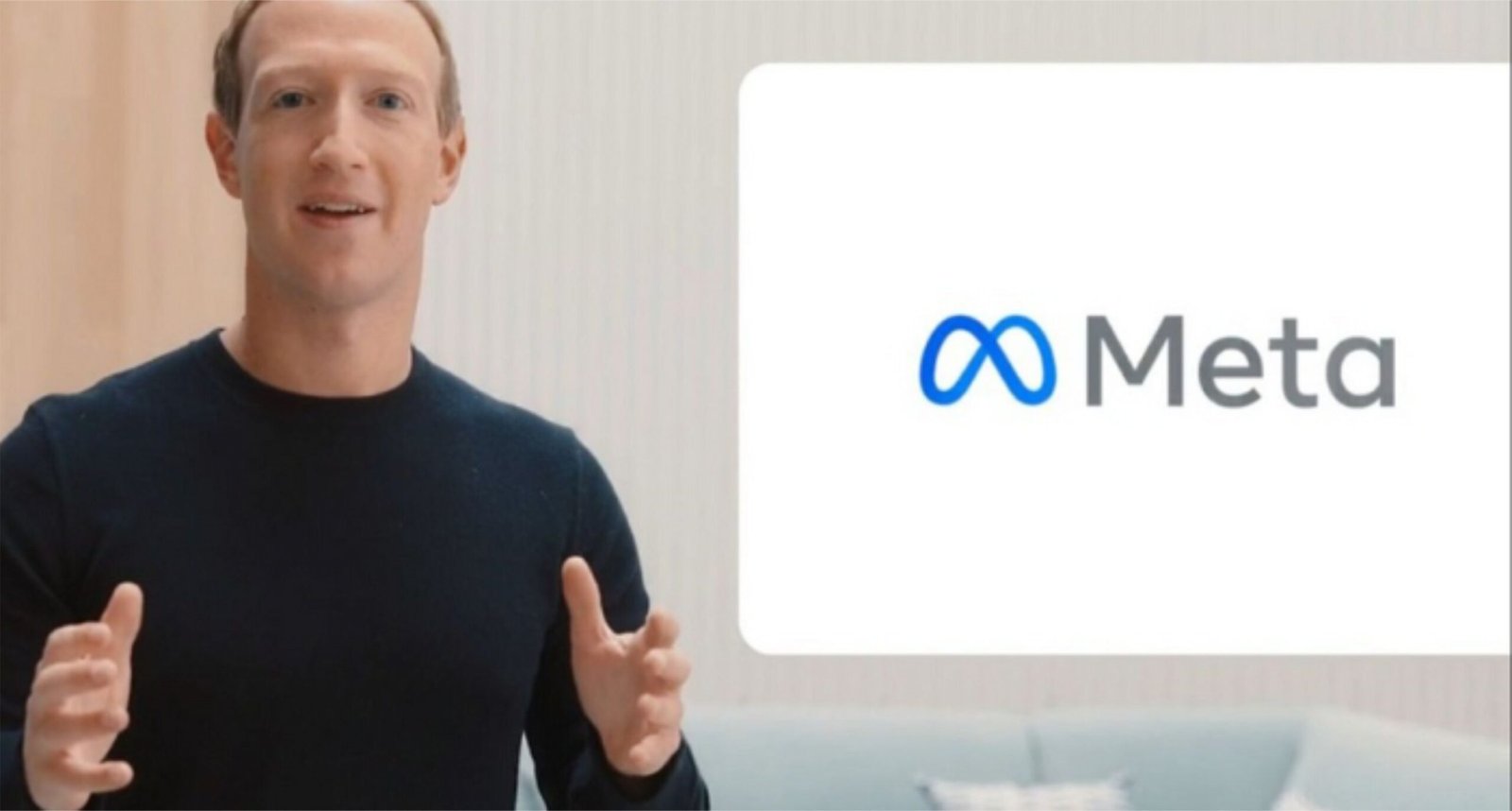
In a move that’s expected to reshape social media monetization, Meta has announced plans to introduce ads on Threads, its Twitter-style text-based platform, beginning in January 2025. As Threads continues to evolve, Meta’s decision to implement ads marks a pivotal development in the platform’s journey and a significant expansion of its business model. Here’s a comprehensive look at what this shift entails, how it may impact users and brands, and the implications for the competitive landscape of social media.
Background: The Rise of Threads and Meta’s Monetization Strategy
Launched in July 2023 as a direct competitor to X (formerly Twitter), Threads quickly attracted millions of users looking for a text-based social media platform with a familiar user experience but without some of the controversies that have affected Twitter under Elon Musk’s leadership. Positioned as a cleaner, community-focused alternative, Threads became part of the Instagram ecosystem, allowing users to seamlessly transfer their following and leverage Instagram’s reach.
Despite its rapid adoption, Threads faced challenges with user retention and engagement after the initial buzz. Over time, Meta introduced new features—such as a chronological feed, hashtag support, and enhanced privacy controls—to address these issues. However, monetizing Threads has always been part of Meta’s long-term vision. With over three billion active users across its suite of apps (Facebook, Instagram, WhatsApp, and Threads), Meta relies heavily on ad revenue, which accounted for 97% of its $117.9 billion revenue in 2022. Introducing ads on Threads, therefore, aligns with Meta’s overarching strategy to maximize revenue generation across its platforms.
Why Meta is Introducing Ads on Threads
Monetization through ads has been a proven strategy for Meta, but several specific reasons are driving the company’s decision to roll out ads on Threads in 2025:
- Diversification of Revenue Streams
Threads offers a unique opportunity to tap into a different user demographic and engagement style compared to Meta’s other platforms. With ad revenue from Facebook and Instagram potentially peaking, Threads provides an additional stream, enabling Meta to diversify and expand its revenue sources. - Catching Up to Rivals
Other social media giants like X, TikTok, and Snapchat have well-established ad revenue models. By adding ads, Meta ensures Threads remains competitive within the text-based social media space. Ads will allow Threads to compete directly with X in a way that it hadn’t previously, opening the door for brands who may have felt limited by X’s current policies. - Increasing User and Brand Value
Ads on Threads will make the platform a destination for brands and businesses looking to engage with a more conversation-focused audience. This could attract brands interested in the unique user experience Threads offers, allowing them to connect directly with users in a conversational and less visually-driven format. - Leveraging Threads’ Integration with Instagram
By integrating Threads with Instagram, Meta is setting up Threads to inherit Instagram’s ad structure and audience targeting capabilities. For Meta, Threads ads are an opportunity to capitalize on Instagram’s existing ad tech and data insights, accelerating monetization with minimal overhead and risk.
What the Rollout of Ads Means for Users
For users, ads on Threads will bring both new opportunities and potential frustrations. Here’s a closer look at what the experience might look like:
- Types of Ads Expected on Threads
Meta’s ads on Threads will likely resemble those on Instagram and Facebook, with formats including sponsored posts, promoted replies, and possibly targeted conversational ads in user feeds. Given the text-focused nature of Threads, Meta may emphasize interactive and text-rich ads over image-heavy content. - Targeted Ads and Privacy Concerns
Meta has faced scrutiny in the past for its data usage practices, and the introduction of ads on Threads is likely to reignite privacy concerns. Meta uses vast amounts of data to target ads precisely, which has led to high user engagement and advertiser satisfaction but also to criticism. The extent to which Meta will leverage Instagram’s user data to enhance ad targeting on Threads remains to be seen, but users concerned with privacy may be wary. - Potential Disruption in User Experience
Threads initially positioned itself as an ad-free platform, and the introduction of ads may change how users perceive and interact with it. Ads can impact user experience, especially if they become overly intrusive or frequent. Meta has a fine line to walk, as excessive advertising may discourage users from engaging with the platform. - Control Over Ad Exposure
Meta may offer users controls over the ads they see, such as options to hide specific types of ads or provide feedback on ads they dislike. The company may also introduce settings that allow users to manage ad personalization. These features could help ease concerns and improve the user experience as ads roll out.
The Impact on Brands and Advertisers
For brands and advertisers, Threads represents a new channel to reach a highly engaged audience, with unique advertising opportunities that leverage the conversational nature of the platform. Here’s how brands could benefit:
- Expanding Reach to Different Audiences
Brands can leverage Threads to target users who may not be as active on Facebook or Instagram. Threads provides a new, more dialogue-oriented setting where brands can engage users more authentically and conversationally, making it ideal for customer service, Q&A, and interactive campaigns. - Enhanced Targeting with Cross-Platform Integration
With Threads integrated into Instagram’s ecosystem, advertisers can expect to use the same targeting capabilities that make Instagram ads so effective. Brands will likely be able to use Meta’s Ad Manager to tailor ads based on detailed demographic, geographic, and interest-based criteria, while tracking engagement across Meta’s platforms. - Ad Types That Fit the Platform’s Aesthetic
The text-focused nature of Threads means that ad formats may differ from typical Instagram ads. Brands may experiment with conversation starters, sponsored replies, and question-based ads that align with the text-based experience. This format could allow brands to engage users in discussions rather than just promoting static content, increasing the potential for organic interaction. - Influencer and Brand Collaboration Opportunities
With ads on Threads, brands will likely explore partnerships with influencers and content creators to promote products and services in an organic, conversational style. Threads could enable influencers to run sponsored posts directly within discussions, which may resonate well with users looking for authenticity.
Competitive Landscape: What This Means for Social Media and Messaging Apps
The move to monetize Threads with ads is expected to intensify competition across the social media landscape, particularly among text-based platforms and messaging services.
- A Direct Competitor to X (Twitter)
X, under Elon Musk’s leadership, has made several adjustments to its business model, including implementing subscription-based features and more direct brand engagement options. By introducing ads on Threads, Meta has set the stage for a head-to-head competition, with Threads offering brands a platform free of some of the controversies and user experience issues that have affected X. - Impact on Messaging Apps Like WhatsApp
Although Threads is distinct from WhatsApp in its user experience, Meta’s expansion of monetization into new areas could indicate that WhatsApp’s ad model is evolving as well. This gradual monetization across platforms could encourage users to engage more on Threads while keeping WhatsApp ad-free, creating a diversified ecosystem that leverages each platform’s strengths. - Encouragement of Platform-Specific Content
The introduction of ads on Threads could encourage more platform-specific content creation and engagement. Meta may design incentives for content creators who want to make Threads their primary space for text-based content, potentially increasing the platform’s appeal and distinctiveness from Instagram and Facebook.
Challenges and Risks Associated with Monetizing Threads
While the rollout of ads on Threads could prove to be a lucrative decision for Meta, several challenges could affect the success of this initiative:
- User Backlash and Declining Engagement
Introducing ads to a previously ad-free space can sometimes alienate early adopters. Threads initially attracted users with its simplicity and lack of commercial interruptions. If ads are perceived as overly intrusive, some users may reduce their engagement or leave the platform altogether. - Privacy Concerns and Regulatory Scrutiny
Meta’s extensive data usage has already attracted regulatory scrutiny. As it rolls out ads on Threads, Meta must tread carefully to avoid further regulatory scrutiny, especially in markets with strict data protection laws like the European Union. Privacy-conscious users may also be deterred from using Threads if data-intensive targeting practices are perceived as invasive. - Striking the Right Balance in Ad Frequency
Finding the right balance between ad visibility and user experience is critical. Too many ads can disrupt the experience and make the platform feel overly commercialized, while too few may not generate enough revenue to justify the monetization shift. Meta will need to experiment with ad frequency and placement to find a balance that satisfies users, advertisers, and the company’s revenue goals.
Looking Ahead: The Future of Threads in 2025 and Beyond
The decision to introduce ads on Threads in January 2025 marks a new phase for the platform and an evolution in Meta’s monetization strategy. If successful, Threads could solidify its position as a leader in text-based social media, providing users, brands, and content creators with a unique platform for authentic interactions and engagement.
For Meta, this move is part of a broader strategy to diversify and strengthen its revenue streams as it continues to adapt to changes in user behavior and industry trends. If Threads can balance monetization with a user-friendly experience, it could become a model for how to effectively integrate ads on a text-based platform without compromising user satisfaction.
As Threads rolls out its ad model, both users and advertisers will be watching closely to see how Meta navigates the challenges of monetization. The outcome will shape not only the future of Threads but also the broader landscape of social media








Great innovation on Meta ad
This will be awesome for Meta ad, nice one